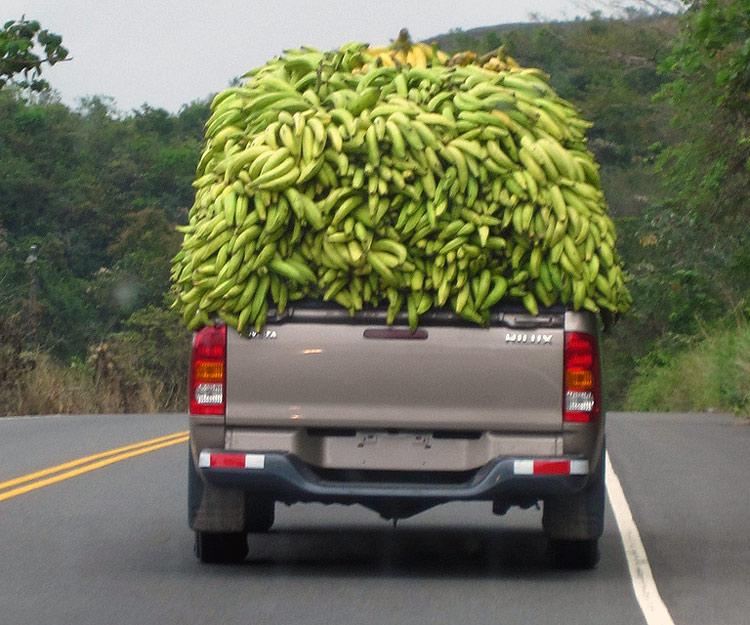Patiently waiting? Can gynoecious bred plants survive the lack of electricity or man himself? If it can not survive in the wild on its own it is at threat of extinction. With reversed plants you will not be able to backbreed to find older pheno's or strains, certain genes may become blocked and not able to express, this may be what happened to skunk.
Without a male around a she will not be able to fully express herself. Male and female expressions are hormones and interact. If you restrict a hormone reaction the female will be different than if she had a normal reaction to a males presence.
We will not be able to tell the difference in reversed strains and non reversed strains, you will not know if there is a reversal in the previous generations.
Reversals then should soon start to replace traditionally bred elite clones as reversals have been around for a while an can be utilized more efficiently. So better than the original should show the worth of reversals, time will tell.
Without a male around a she will not be able to fully express herself. Male and female expressions are hormones and interact. If you restrict a hormone reaction the female will be different than if she had a normal reaction to a males presence.
We will not be able to tell the difference in reversed strains and non reversed strains, you will not know if there is a reversal in the previous generations.
Reversals then should soon start to replace traditionally bred elite clones as reversals have been around for a while an can be utilized more efficiently. So better than the original should show the worth of reversals, time will tell.



